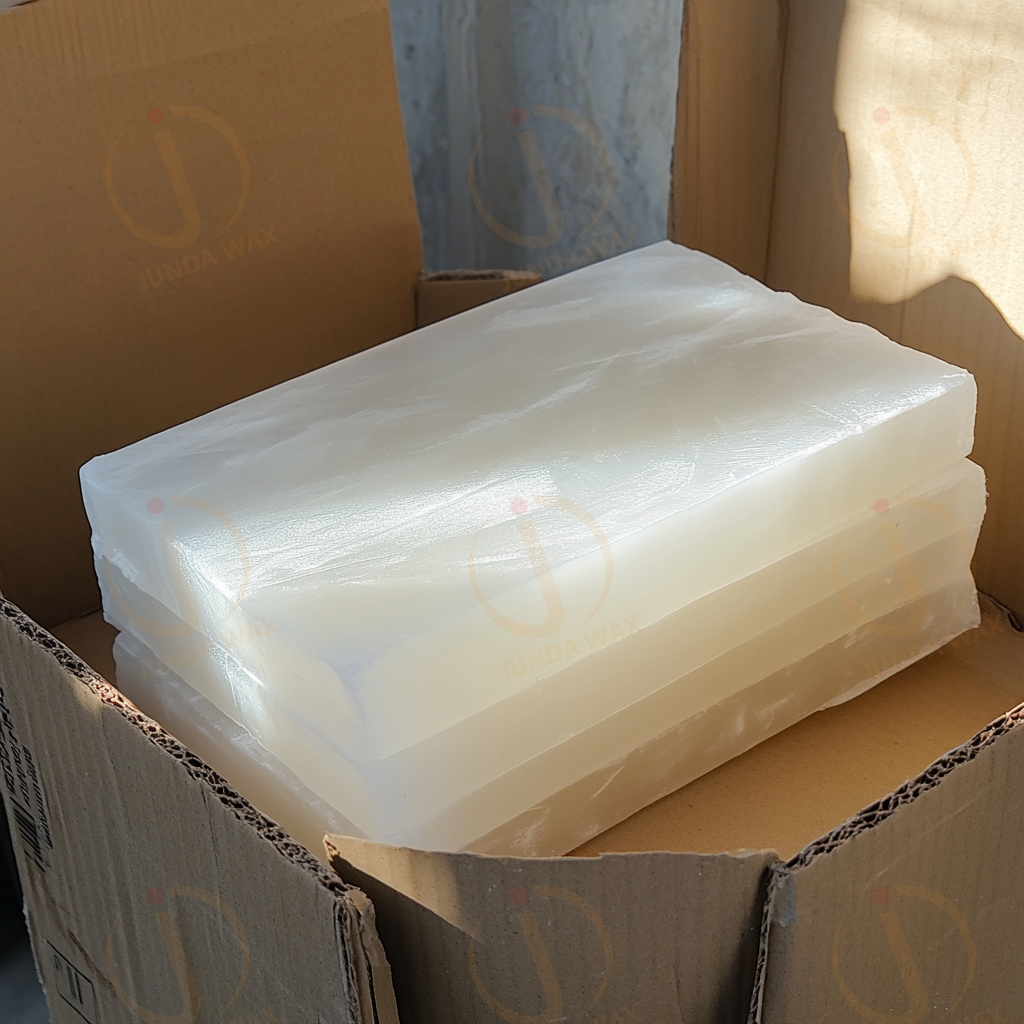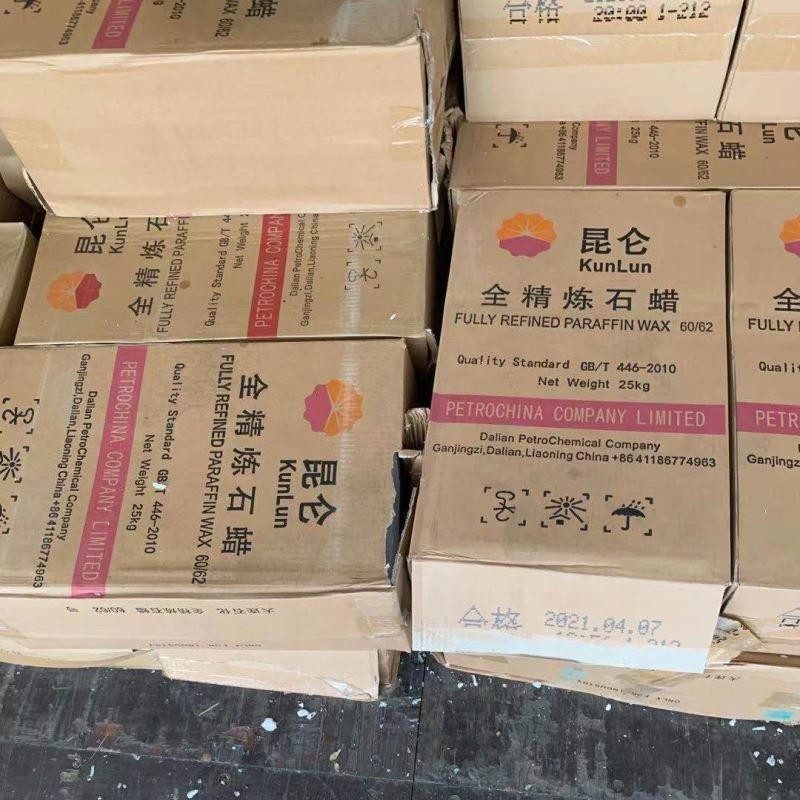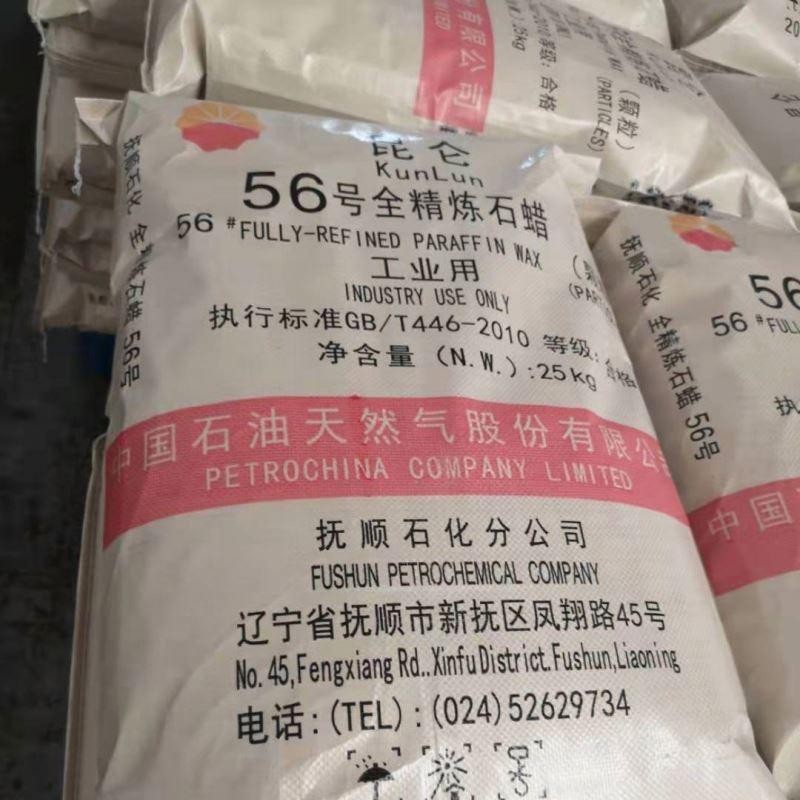Paraffin wax, a versatile and widely used hydrocarbon derived from petroleum, plays a pivotal role in the candle-making industry. Its unique physical and chemical properties make it an ideal material for producing candles that are affordable, consistent in quality, and visually appealing. This article explores the key applications of paraffin wax in candle factories and its significance in modern candle production.
1. Primary Fuel Source
Paraffin wax serves as the foundational fuel for most commercially produced candles. When melted, it acts as a combustible material that sustains a steady flame. Its high carbon content ensures efficient burning, releasing energy in the form of heat and light. The wax’s ability to liquefy at relatively low temperatures (typically between 46°C and 68°C) allows it to pool evenly around the wick, promoting consistent burning and minimizing residue.
2. Versatility in Candle Design
One of paraffin wax’s greatest strengths lies in its adaptability. Candle manufacturers often blend it with additives like stearic acid or microcrystalline wax to modify its melting point, hardness, or texture. This flexibility enables the creation of diverse candle types:
Pillar candles: Harder paraffin blends retain their shape without containers.
Container candles: Softer blends adhere smoothly to jars or tins.
Decorative candles: The wax can be molded into intricate shapes or carved with patterns.
Additionally, paraffin wax readily accepts dyes and pigments, allowing factories to produce candles in virtually any color. Its smooth surface also makes it ideal for applying decorative finishes, such as glitter or transfers.
3. Fragrance Carrier
Paraffin wax excels at retaining and releasing fragrance oils, a critical feature for scented candles. Its non-polar molecular structure binds effectively with oil-based fragrances, ensuring even distribution throughout the candle. When burned, the heat gradually releases the scent, creating a long-lasting aromatic experience. Factories often optimize wax blends to balance fragrance load (typically 6–10%) with burn performance.
4. Cost-Effectiveness and Scalability
As a byproduct of petroleum refining, paraffin wax is relatively inexpensive and abundantly available. This economic advantage allows candle factories to mass-produce affordable products without compromising quality. Automated production lines efficiently handle paraffin due to its predictable melting and solidification behavior, enabling high-volume output for global markets.
5. Surface Finish and Stability
Paraffin wax naturally cools to a glossy, smooth finish, enhancing a candle’s visual appeal. Manufacturers may further polish or coat surfaces for a premium look. Its stability at room temperature prevents deformation during storage or transport, reducing product waste.
Challenges and Alternatives
While paraffin wax dominates the industry, environmental concerns about petroleum-based products have spurred interest in alternatives like soy wax or beeswax. However, paraffin remains unmatched in burn time, scent throw, and cost efficiency. Many factories now offer hybrid candles, blending paraffin with natural waxes to balance sustainability and performance.
Conclusion
Paraffin wax’s unique combination of affordability, adaptability, and functional excellence continues to make it indispensable in candle manufacturing. From shaping festive taper candles to fueling luxury scented varieties, this material underpins an industry that blends artistry with chemistry. As consumer preferences evolve, paraffin wax adapts—reinventing itself through innovative blends and production techniques to maintain its flame in the global market.




